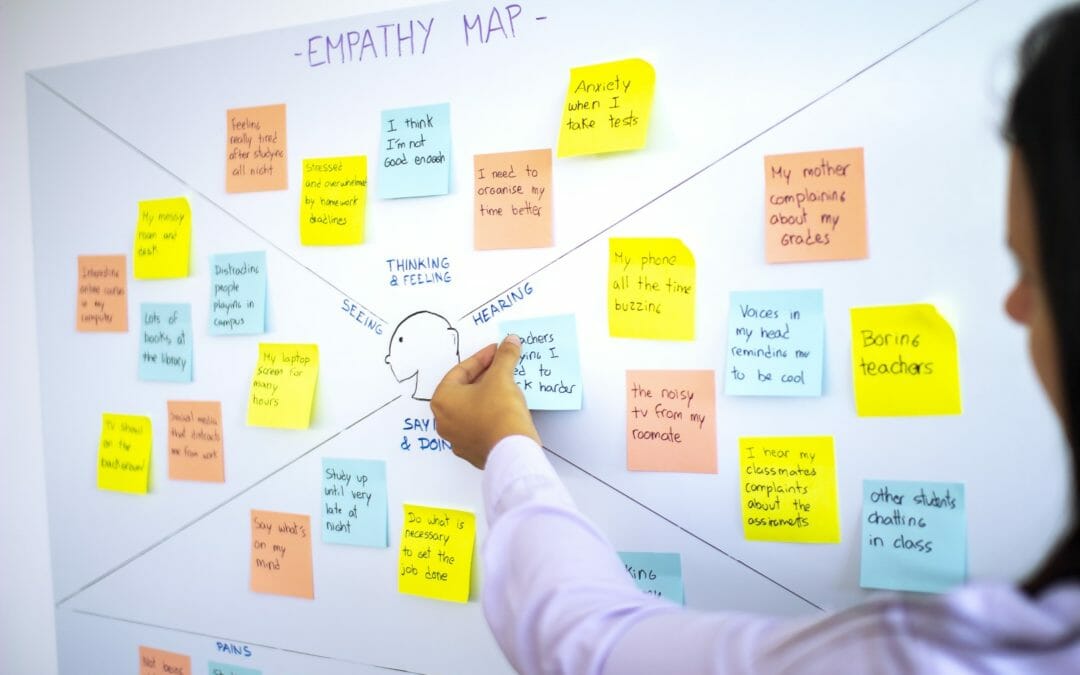User experience work begins and ends with the user in mind. In order to help design teams better understand the people they are serving, many designers create fictionalized personas that represent their target user bases.
When designing personas, however, it’s easy to inadvertently include biases, assumptions, and blindspots about race, gender, sexuality, and more. This is because, often without realizing, design teams can replicate discriminatory or neglectful patterns that are present in our society at large.
To avoid this, we’ve put together 3 tips on how to create more inclusive user personas.
Consider a “spectrum” of personas. To help diversify their perspectives, design teams can incorporate the concept of a “persona spectrum” when creating user personas. This concept, first popularized by Microsoft, shows how users can move through a series of different needs and motivations that affect how they use your product. For example, a user may temporarily have vision issues that will resolve over time. Thinking about how your product or service might work for them in both conditions can push the UX team to broaden their perspectives. This concept works far beyond accessibility, too—consider whether your product works for a lower-income user as well as a higher-income user, for example.
Always do your research first. Successful user personas are based on in-depth UX research, not assumptions. As the content strategists at AVO note, “Many businesses and organizations create user personas based on zero actual evidence.” This leads UX teams to design for the users they think they have, rather than the users they actually have. Plus, a lack of research leaves ample room for missed opportunities, misinterpretation of data, and design decisions that alienate your current and future users. Investing upfront in UX research can help design teams make more informed decisions about design and create more authentic personas.
Try different interaction styles. Not every user is going to use your product or service in the same way. That’s why UX designer Mark Boyes-Smith recommends that design teams consider how different users will use a product or service even if they are seeking to accomplish the same goal. For example, one sample user may be struggling to see text on a monitor while another user may be overwhelmed by the number of options facing them on that same monitor. Both are trying to use the same product but face distinct and real challenges based on how they use the product and the ways they think, work, and live.
Often, we think of user personas as tools for marketing teams to craft messaging and branding. And while personas are useful for marketing purposes, it’s important to recognize that design personas are distinct projects that focus more on the needs of our users rather than market data.
For this reason, it’s important that we create personas that reflect the many different types of people who will use our products or services, as well as their unique use cases. While design teams can’t capture every possible user in their personas, they can conduct in-depth UX research and user testing to make sure they are creating the most inclusive product or service possible.

